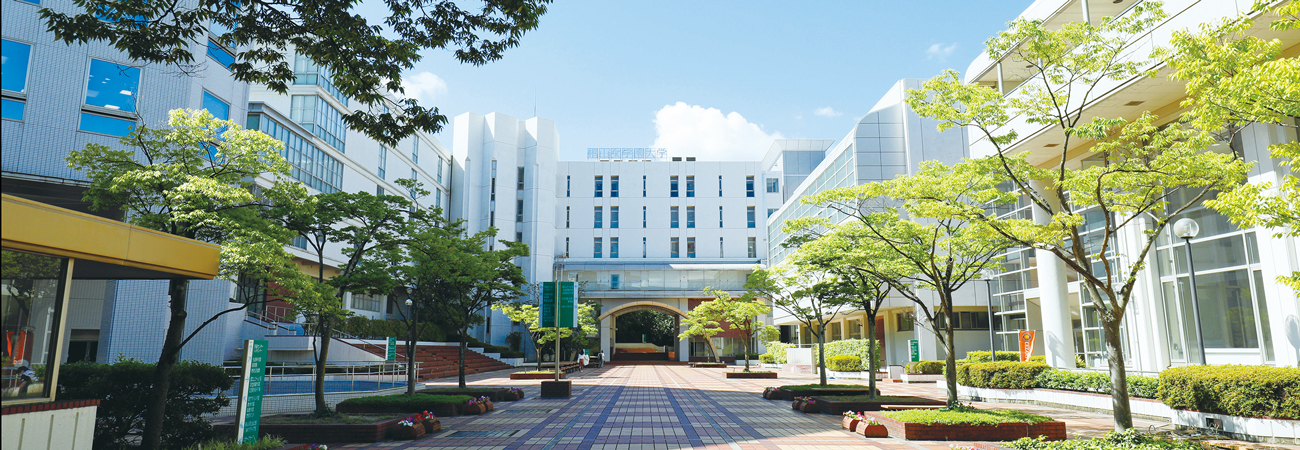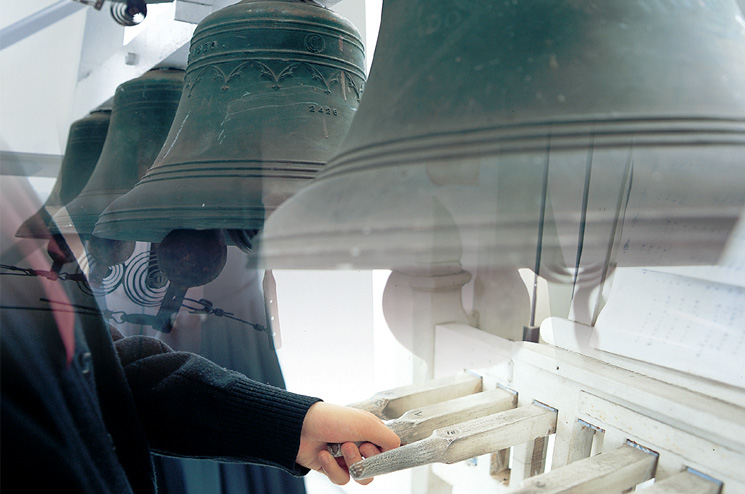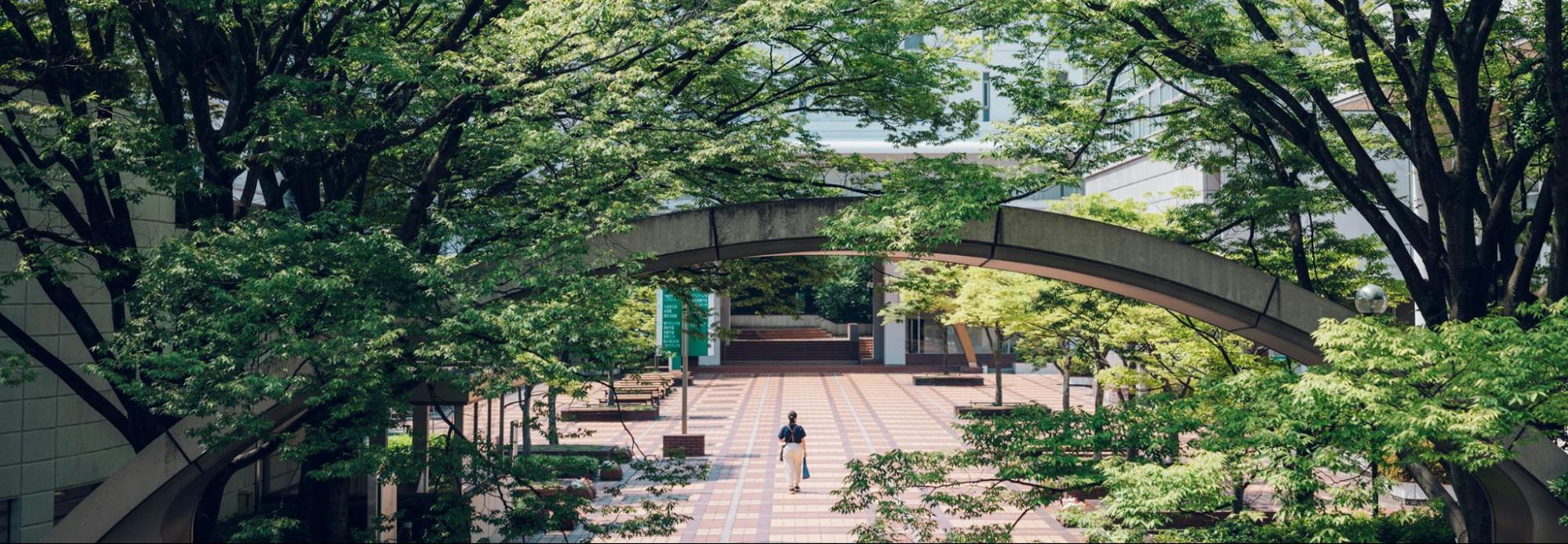About Us
Sugiyama Jogakuen University

Sugiyama Jogakuen University has turned out several women who play an active part in the society.
Once again, we have considered the significance of Sugiyama Jogakuen’s continued promotion of girls’ education with an eye to the future.
We aim to foster women who can ask themselves questions about “what is an independent way of life for women,” think things through on their own, make their own choices, and come up with their own answers and to raise awareness of women’s participation in the society. Moreover, we aim to be a place where each person can have a sense of ownership and change what is normal in the world.
Sugiyama has been, and will continue to be, a place where each person, faculty, staff, and students continues to question themselves and realize what they are doing.
Against this background, Sugiyama Jogakuen University has established the tagline “I Choose Myself.”
The “I” holds countless possibilities. By questioning, thinking, communicating,
and engaging with society through my own thoughts, “I” choose to become who “I” am.
VIEW MORE
Educational Philosophy
“Nurturing humanity,” the core idea of Sugiyama Jogakuen’s foundation
The bridge located on North-South Hill at Hoshigaoka campus is named “Ningen (humanity) Bridge.” The message “nurturing humanity” is engraved in the monument erected in the vicinity of the bridge. This is the core idea for what the founder president of Sugiyama Jogakuen, Masakazu Sugiyama, established Sugiyama Jogakuen and is the educational philosophy that has been followed for the past 100 years. The education at Sugiyama Jogakuen aspires not only for accumulation of knowledge and skills but also for our development as human beings. The social significance of respect for others and for humanity is extremely important. Moreover, the “nurturing” in “nurturing humanity” is not only for statement, but it is also something that must always be kept in mind and put into practice.
Kongosho

Every morning, we can hear the beautiful chimes of the bell coming from the Kongo tower, announcing the start of a new day on the campus. When Masakazu Sugiyama, the founder president of our school, visited the University of California, he was deeply moved by the beautiful sounds of the bell, the students praying in silence, and the people walking by. He dreamed of having a similar bell in the school, which came true 10 years later. The bell was constructed in 1931 by The Gillette Company in London and was installed on the school building. The bell was named “Kongosho,” after the melody of the song “Kongoseki,” which is played in the bell. Ever since then until today, every morning during school days and other ceremony days, a student solemnly performs the melody as a symbol of the school.
*“Kongoseki” means diamond and “sho” means bell


